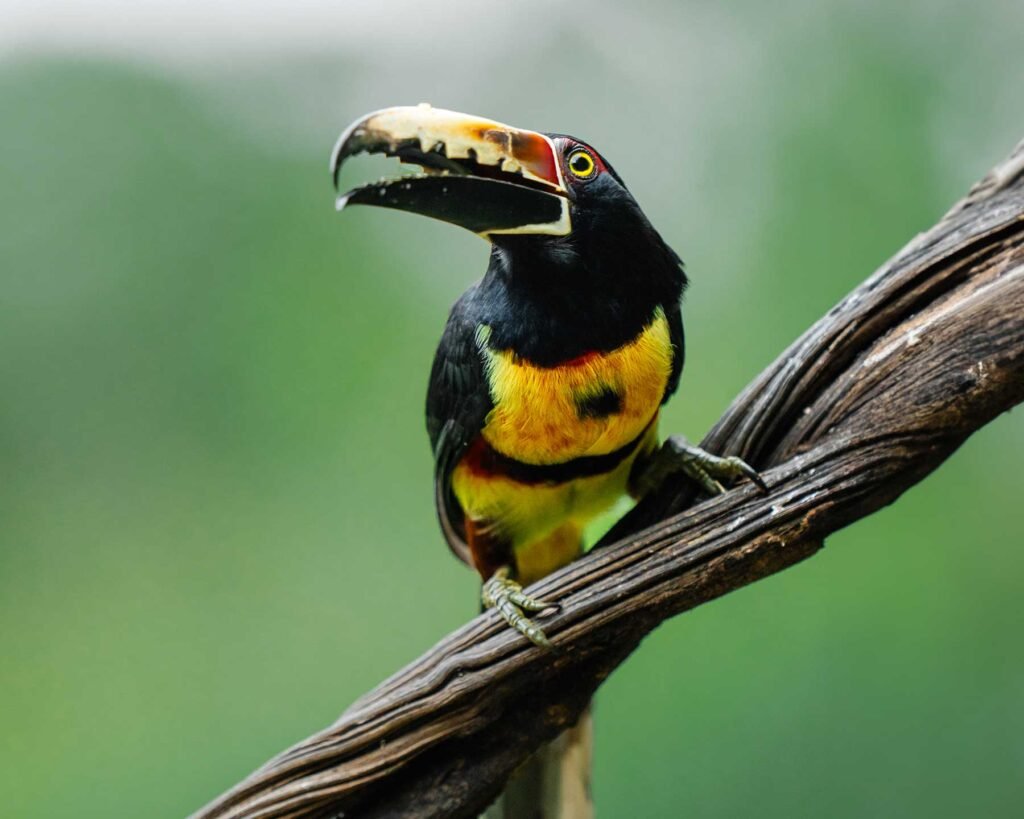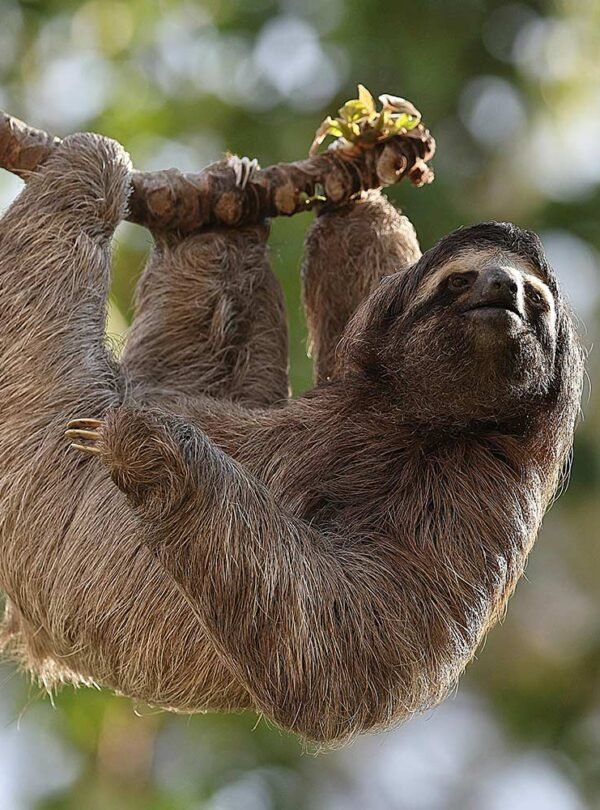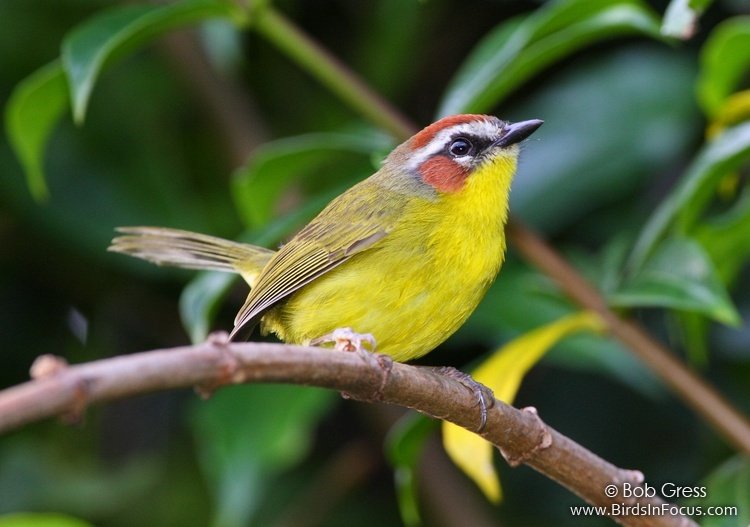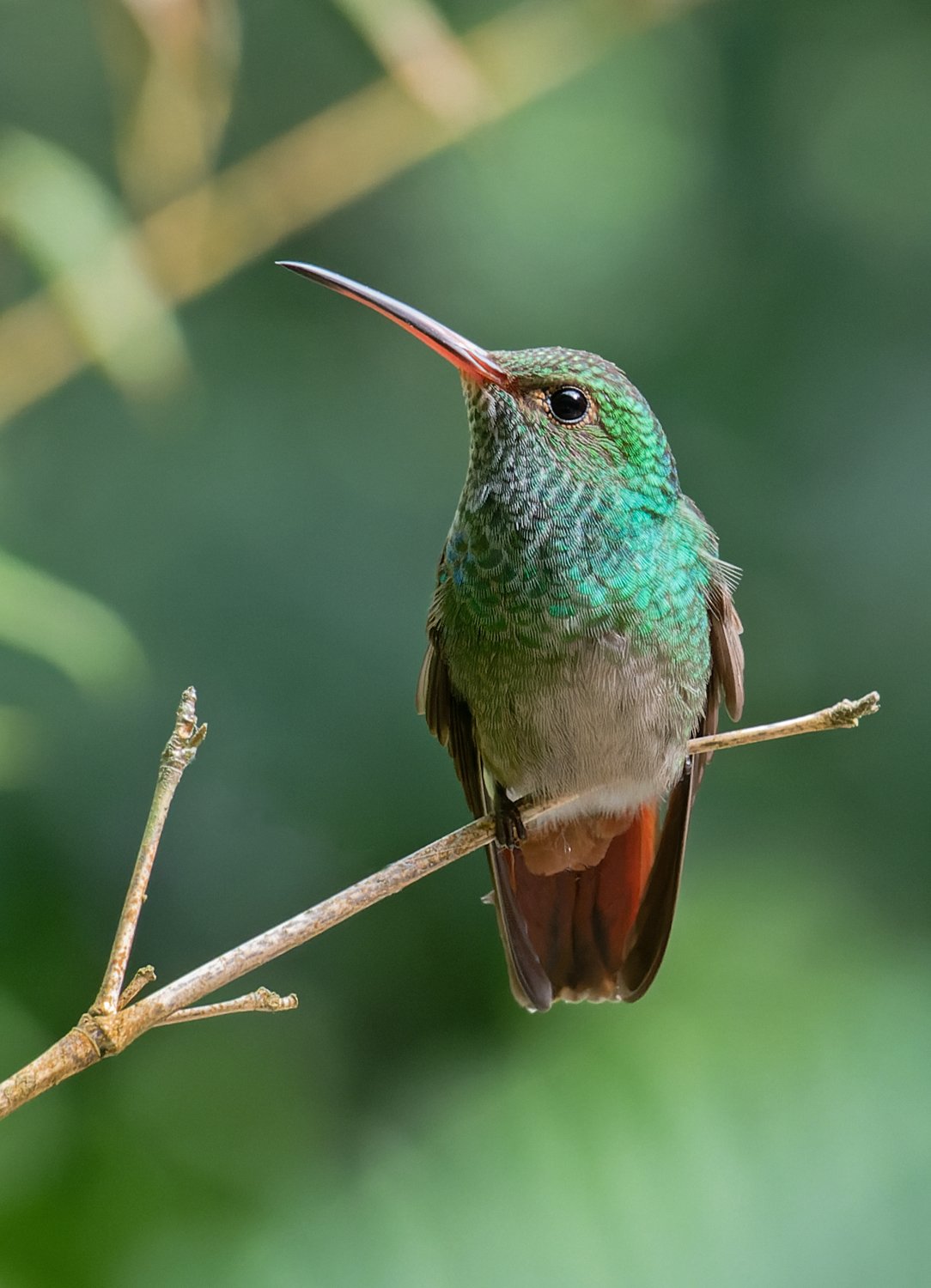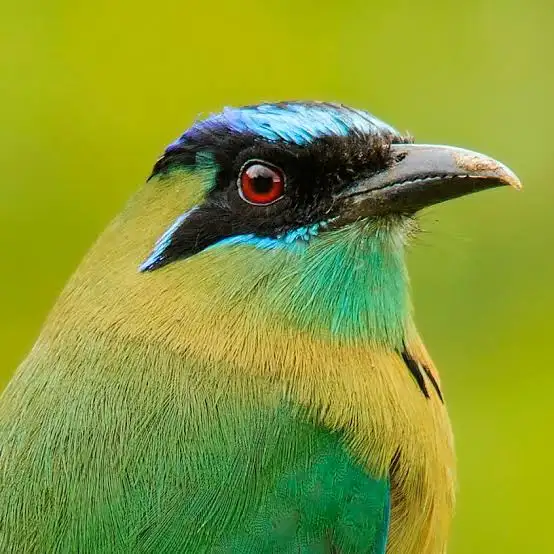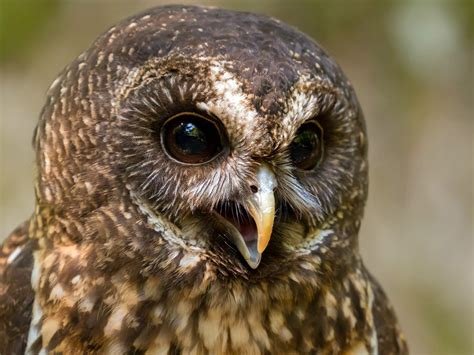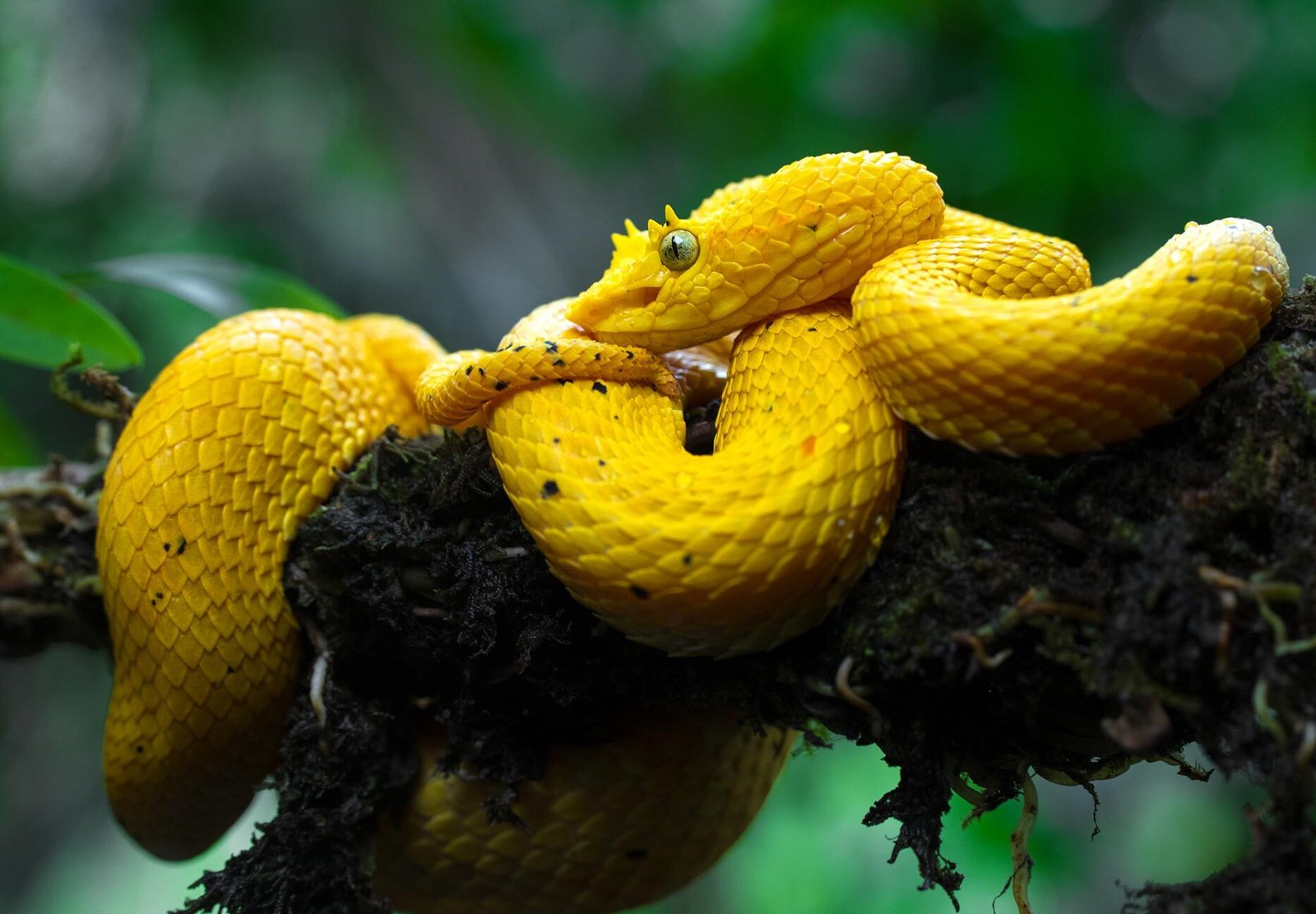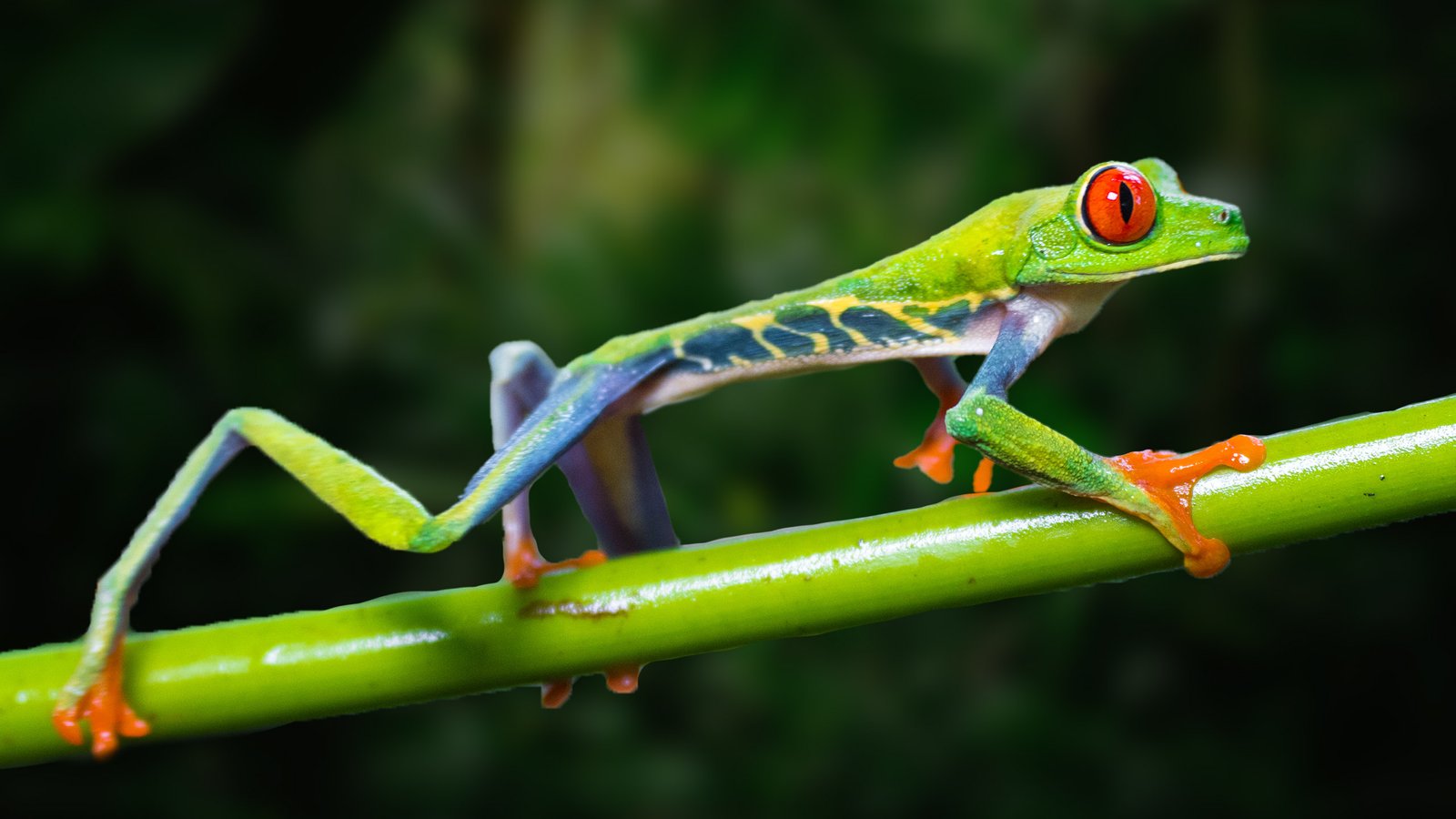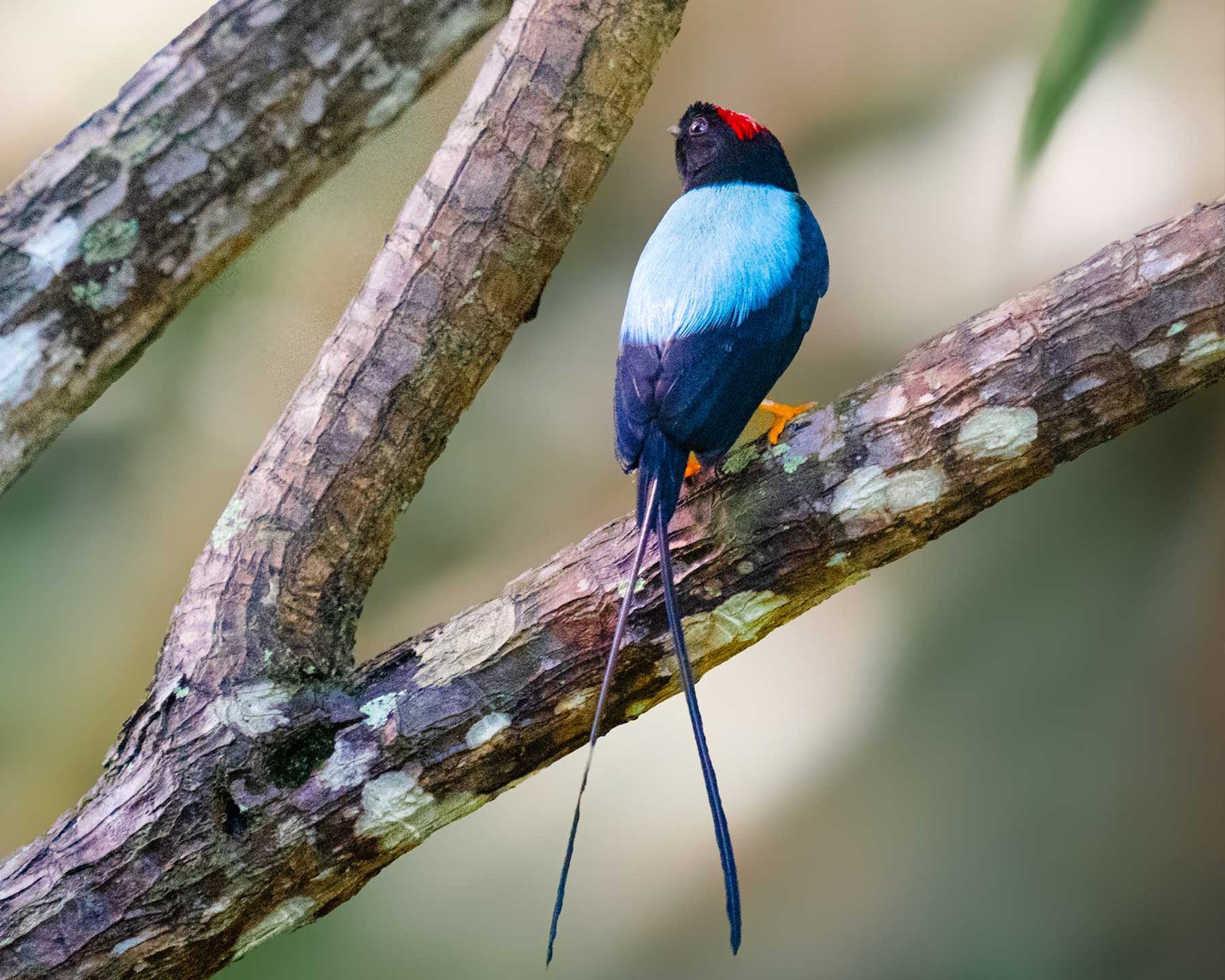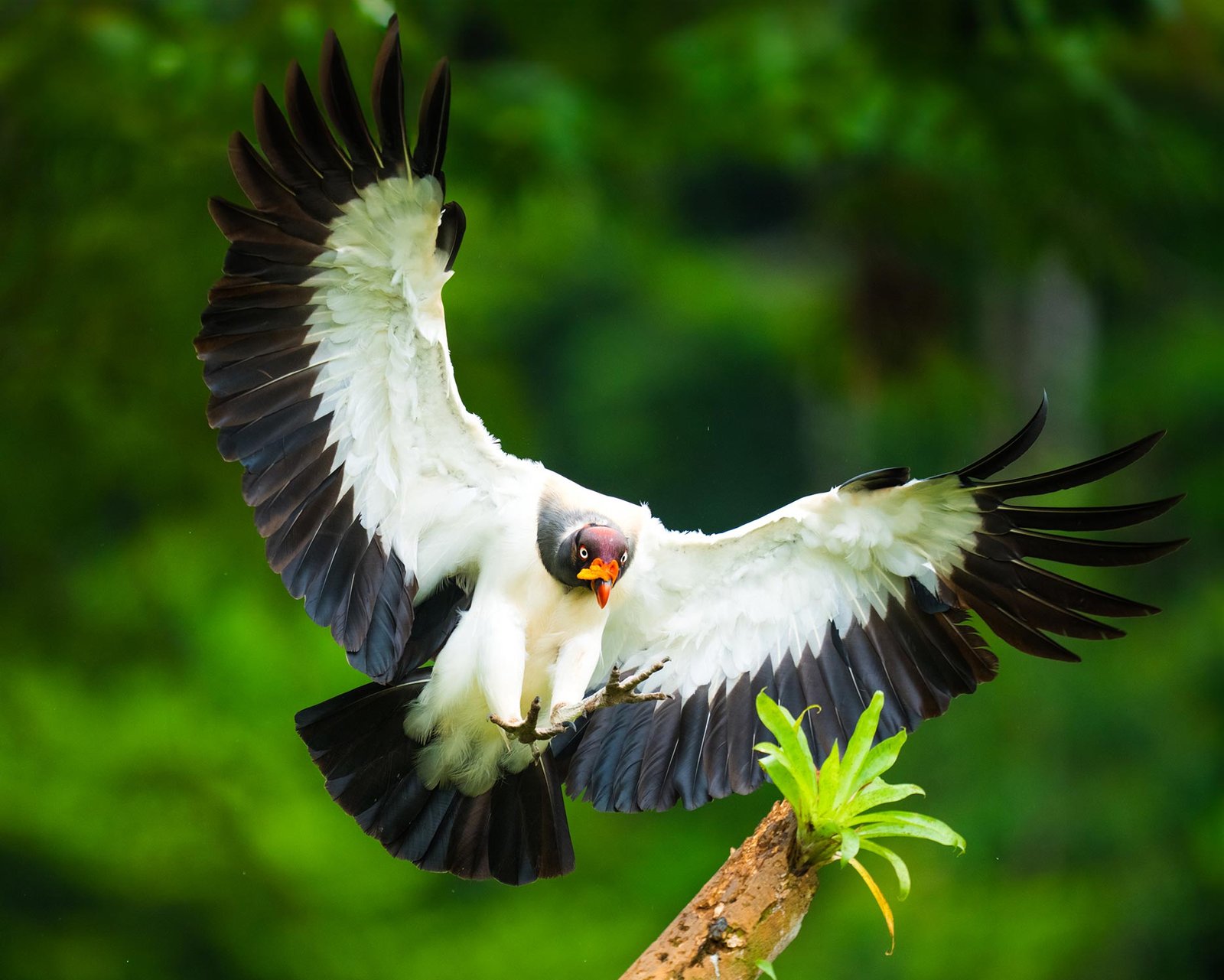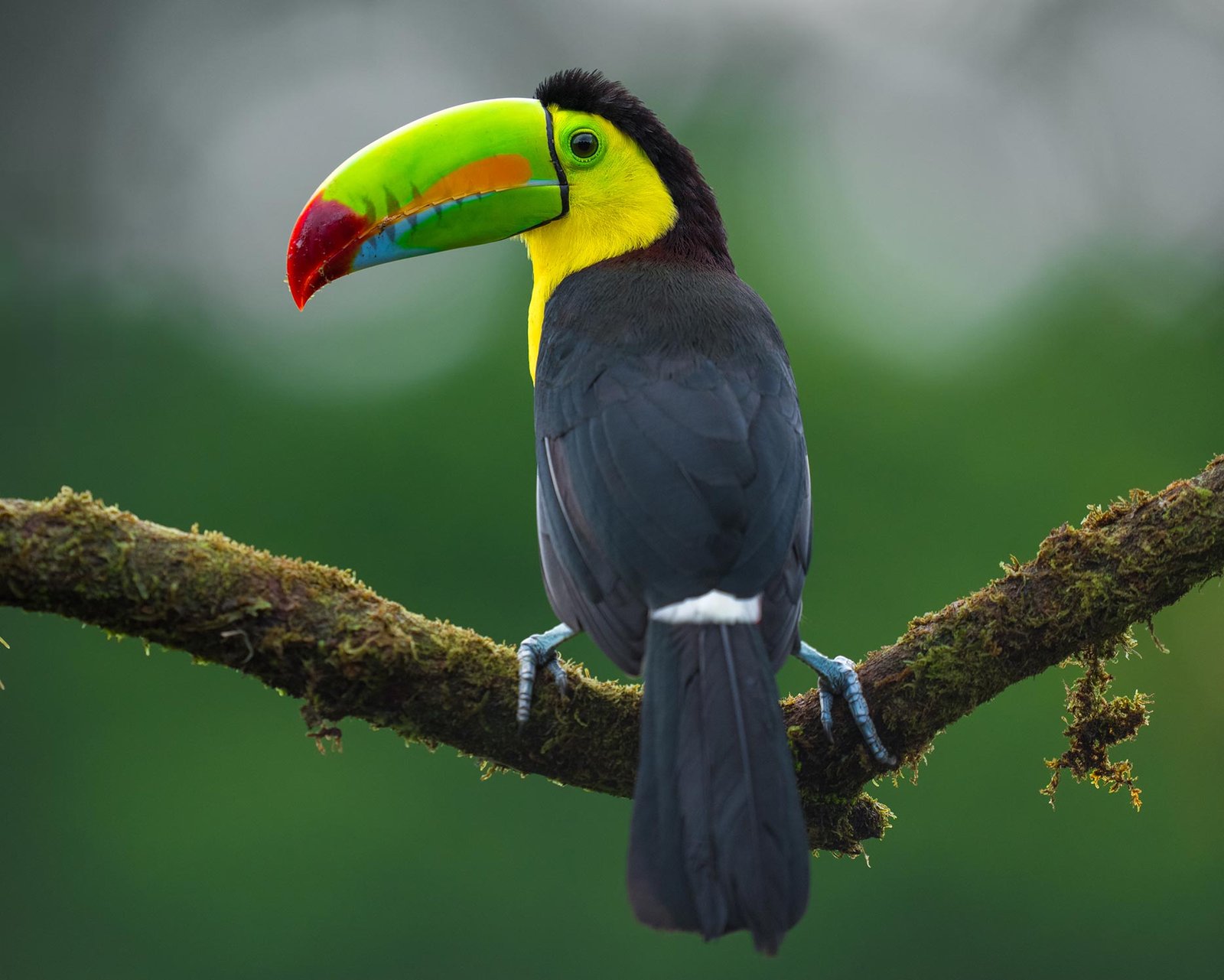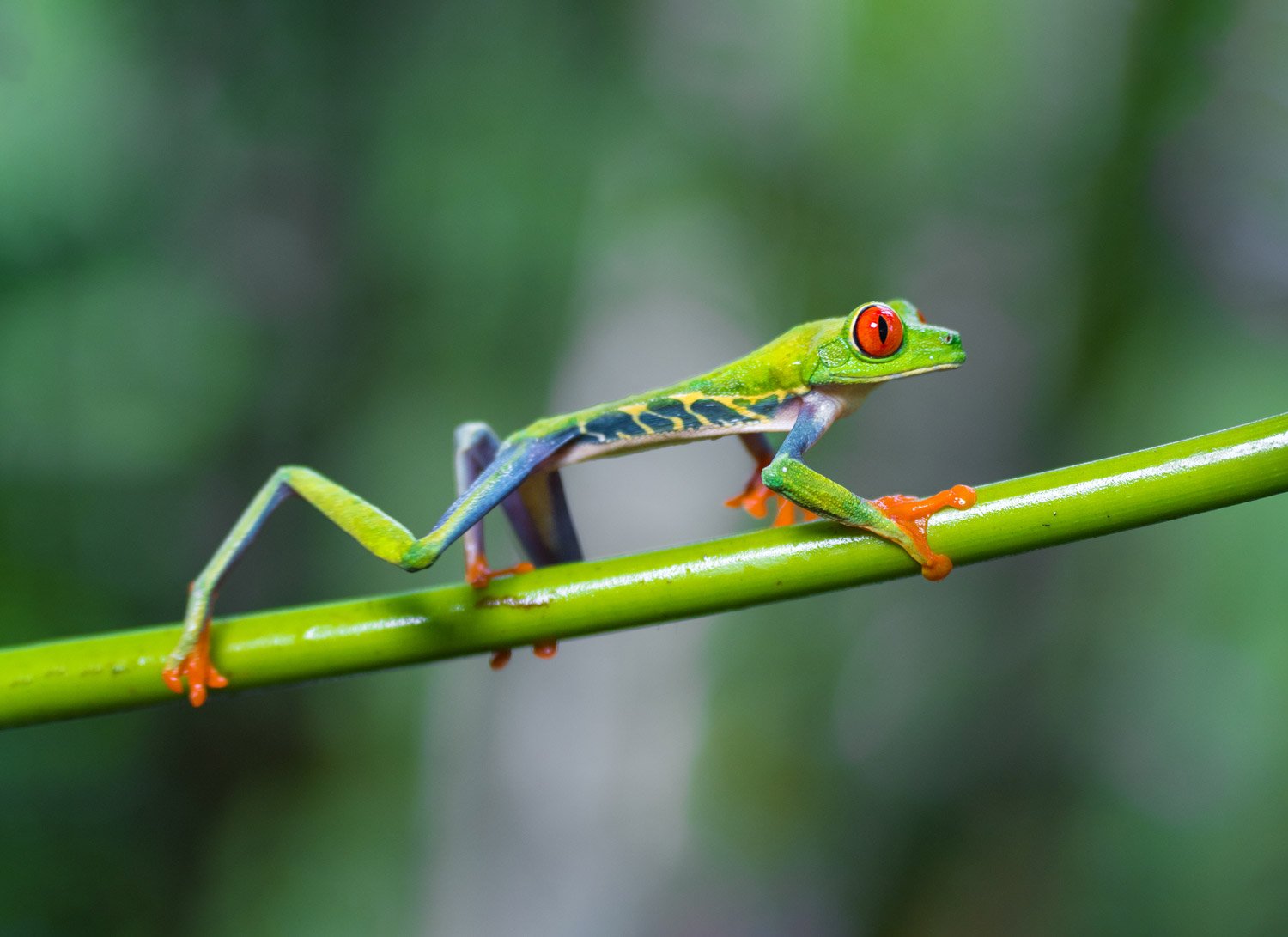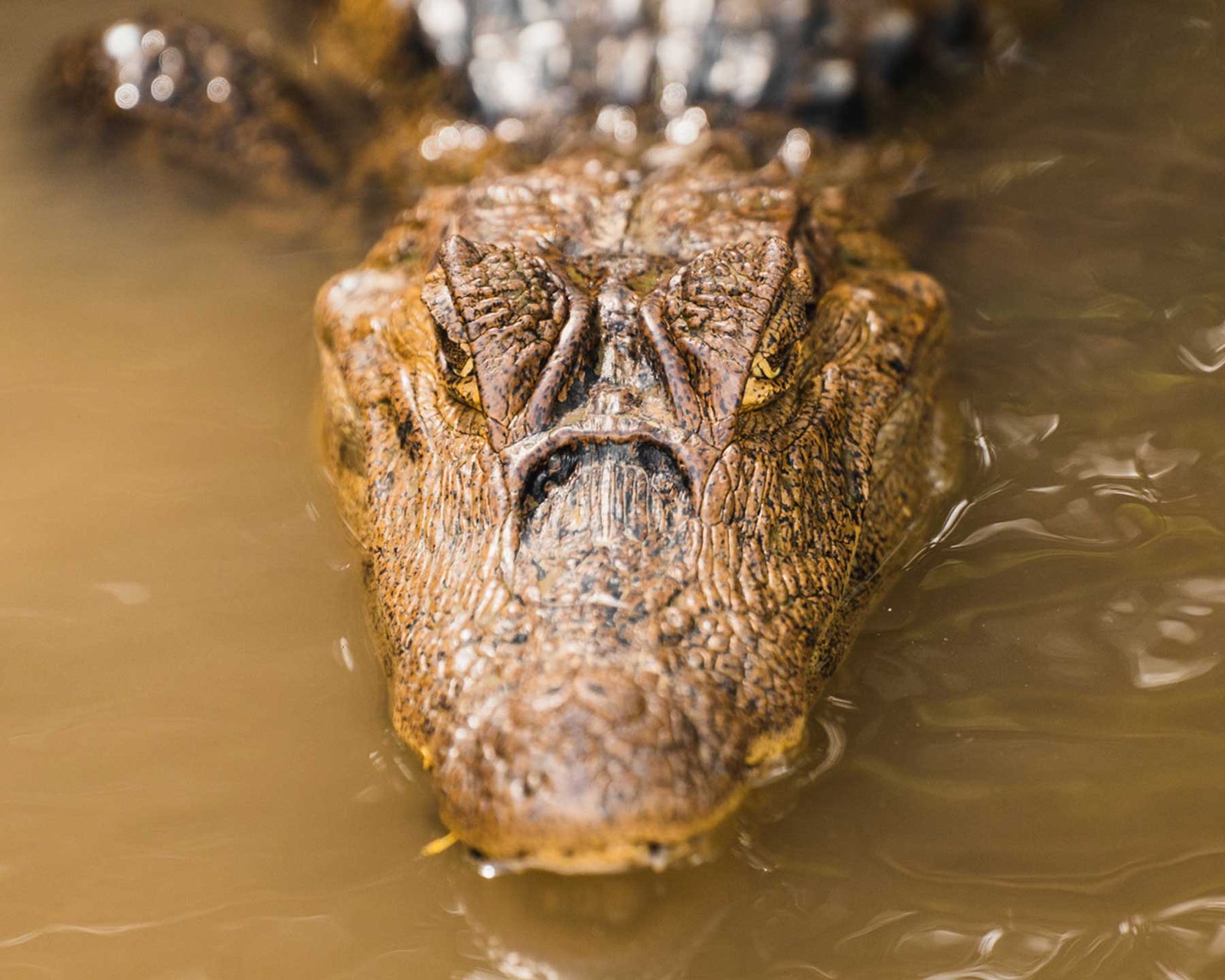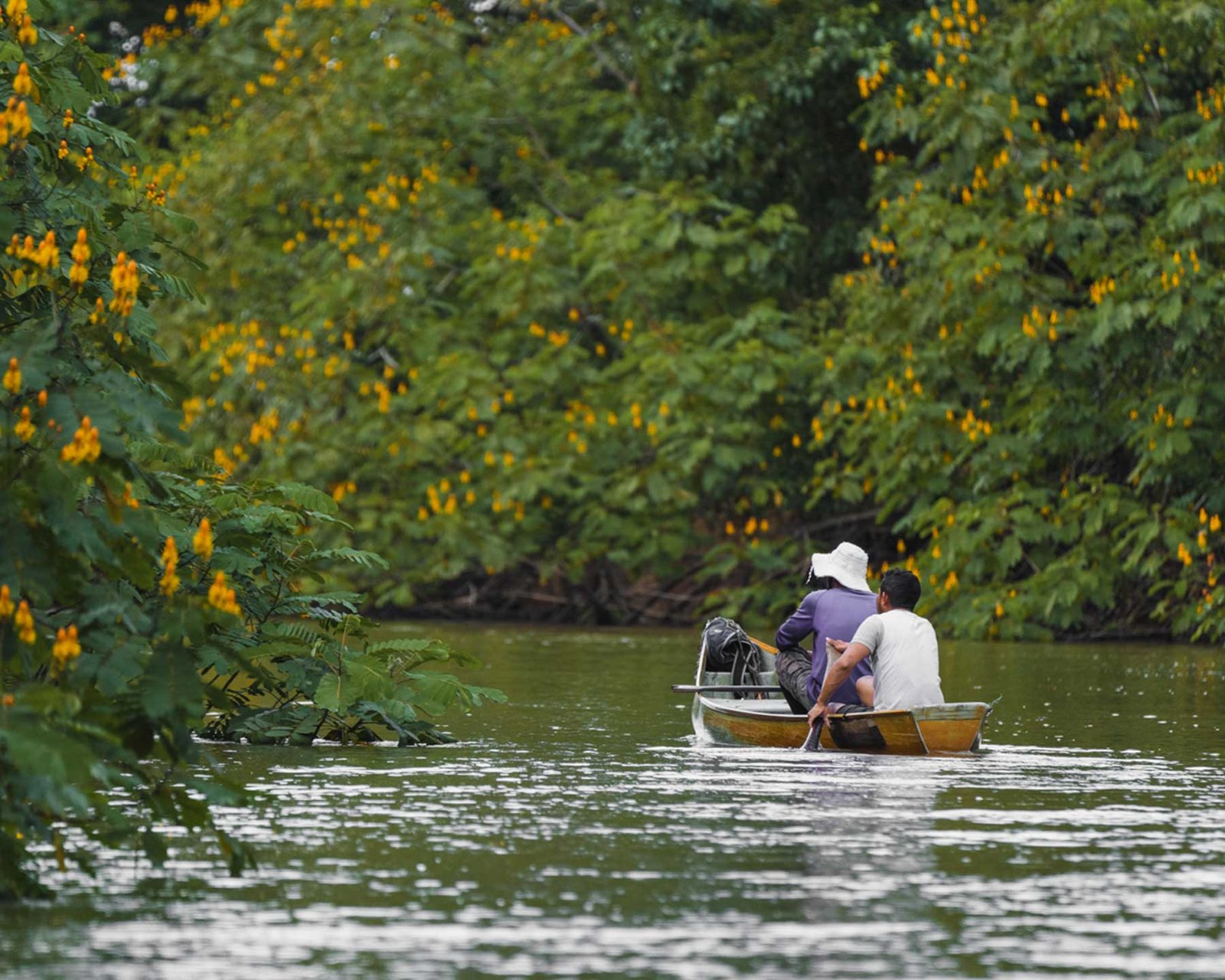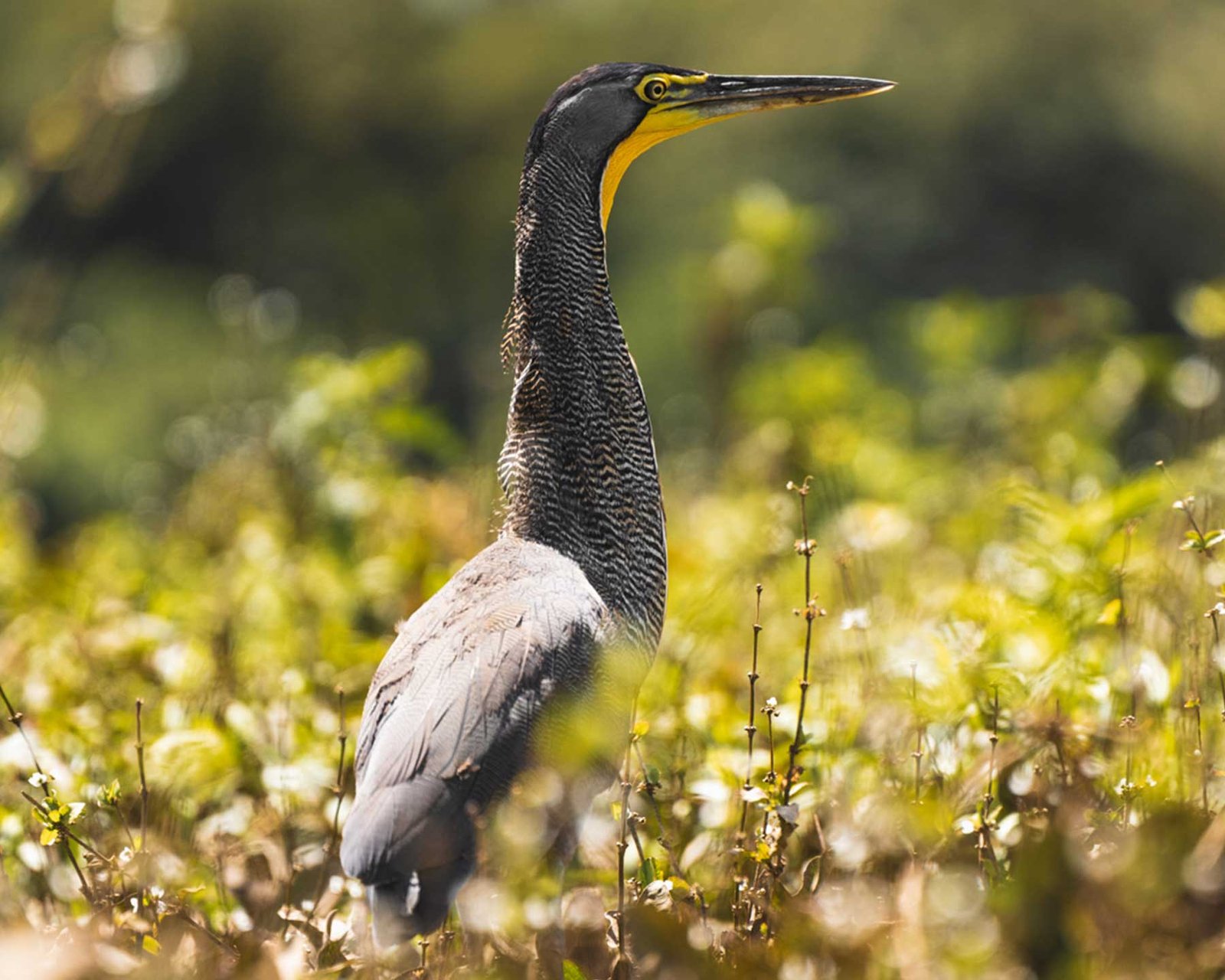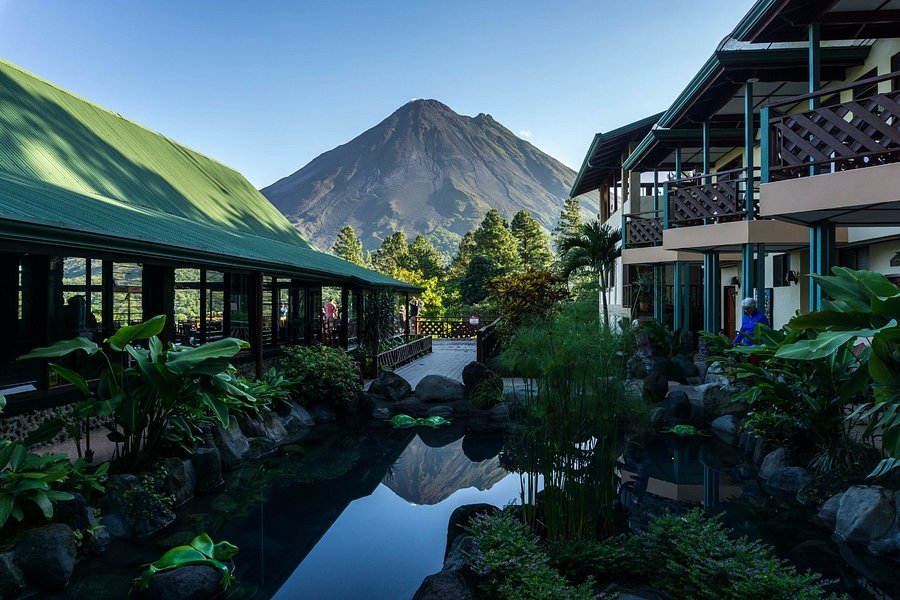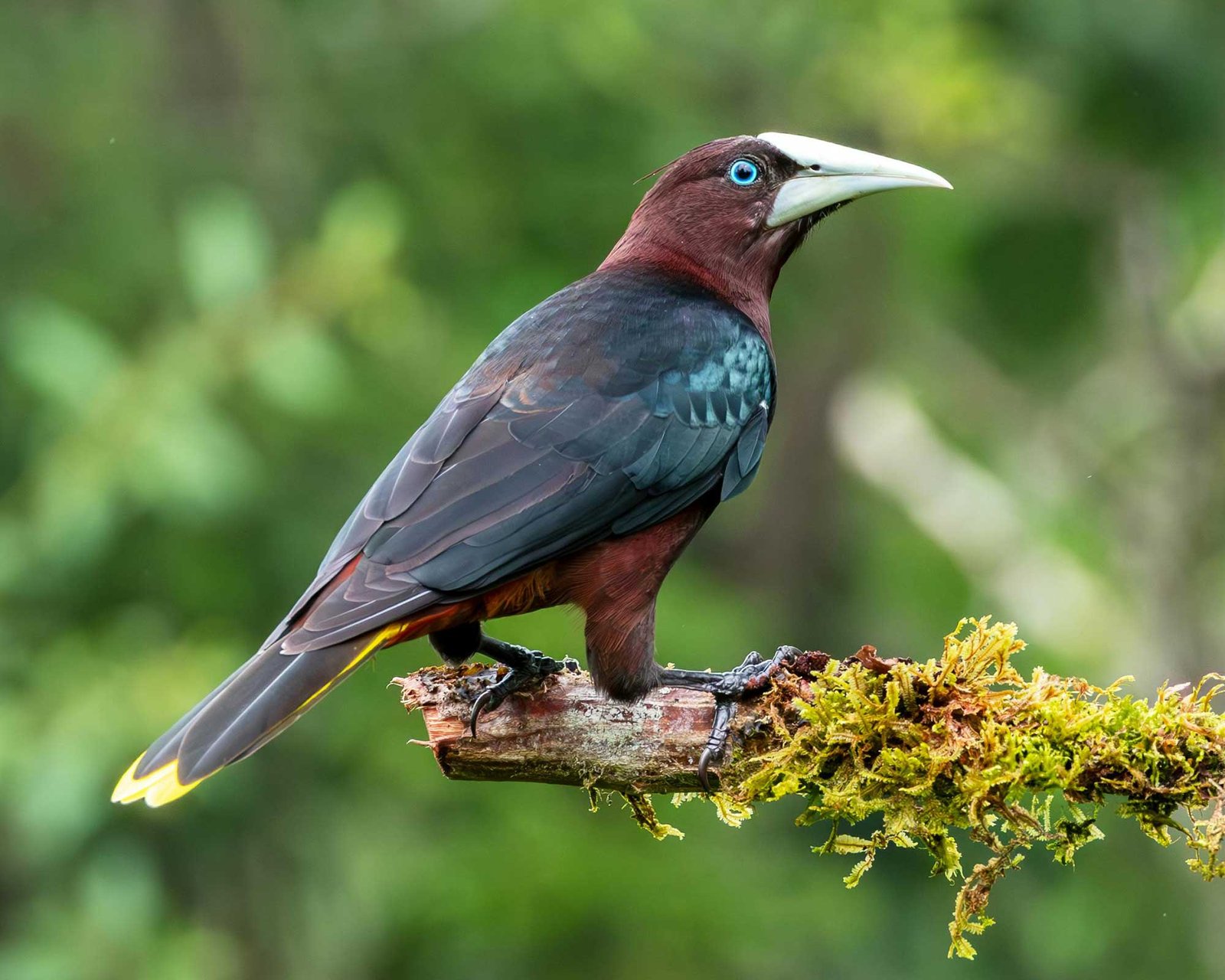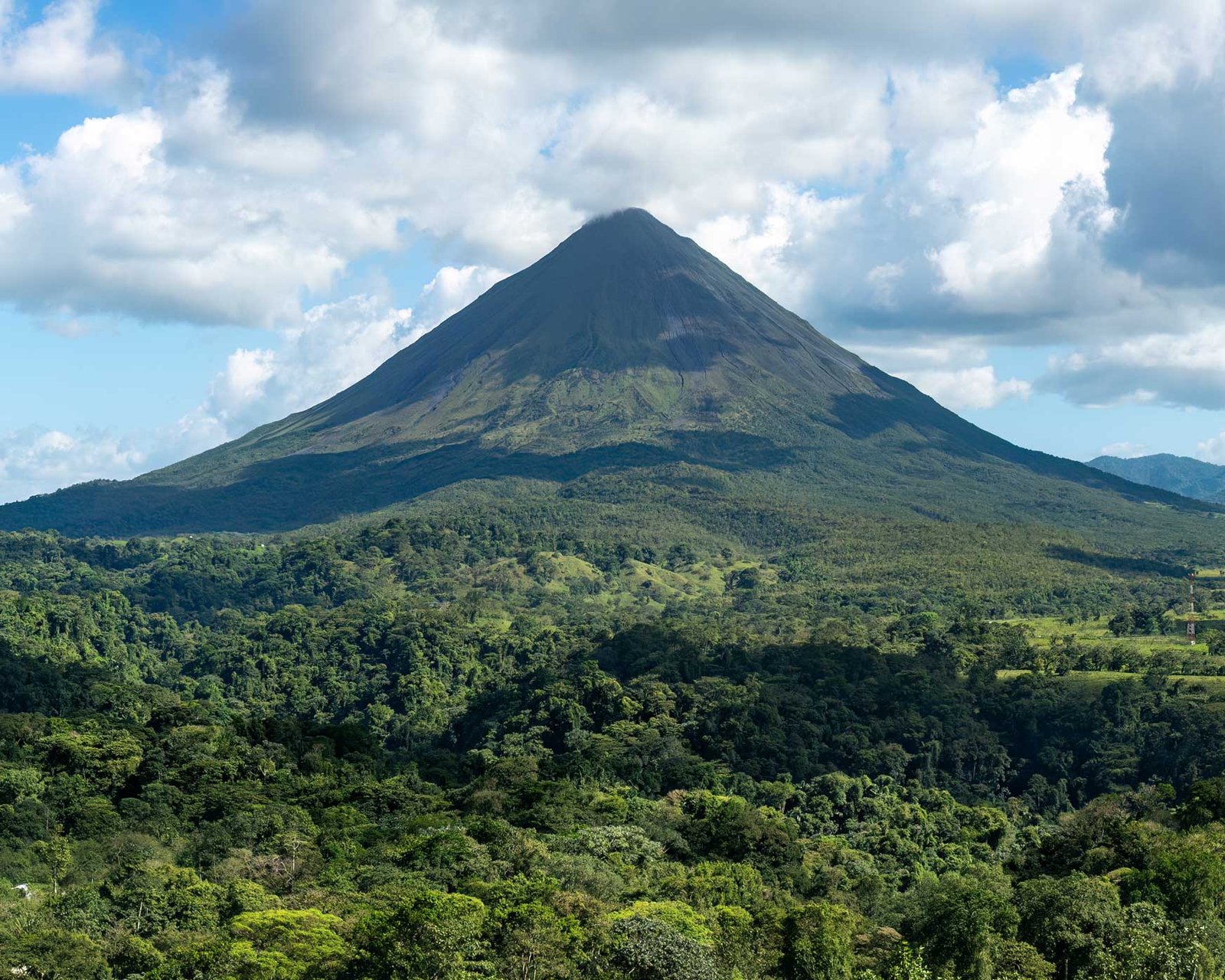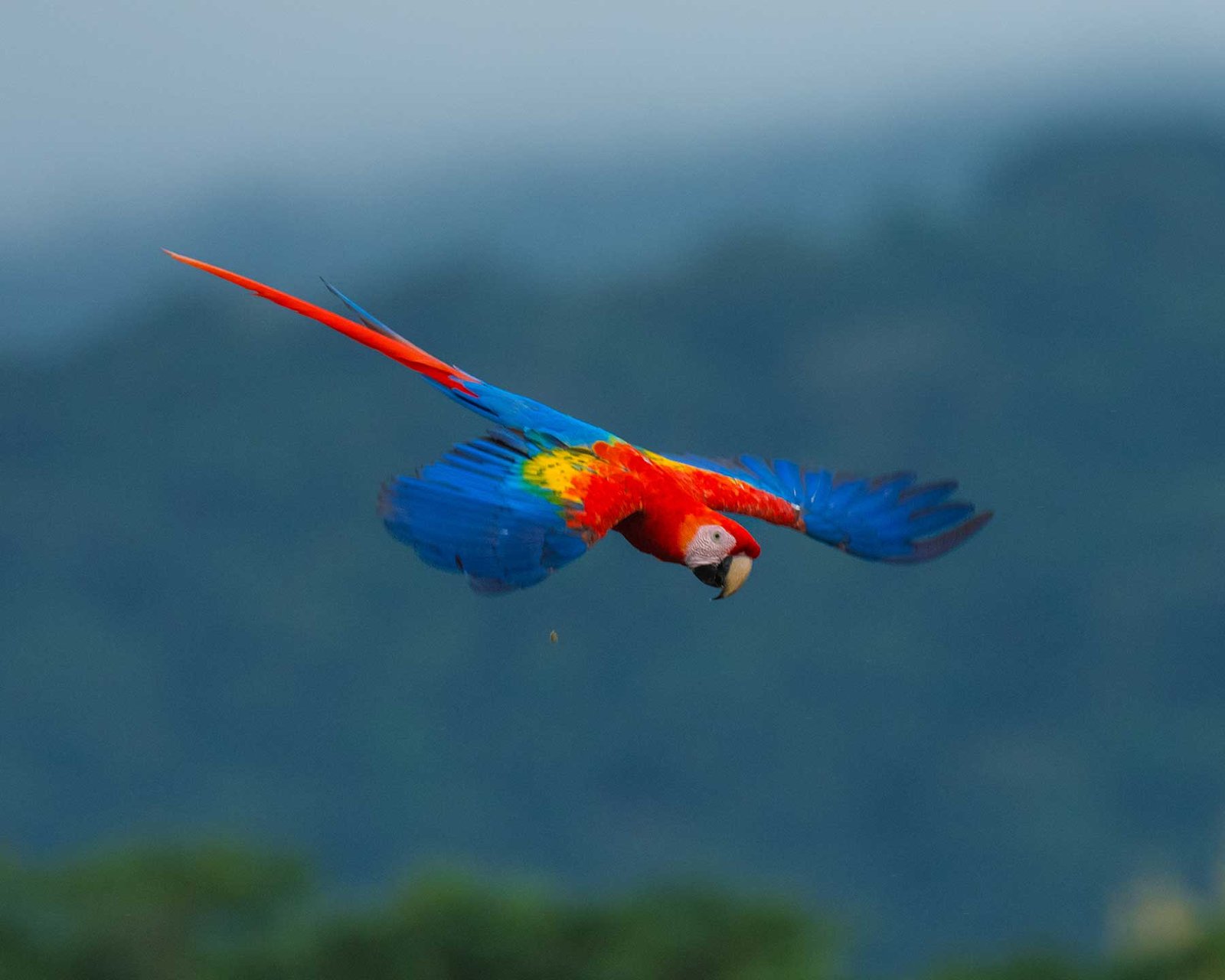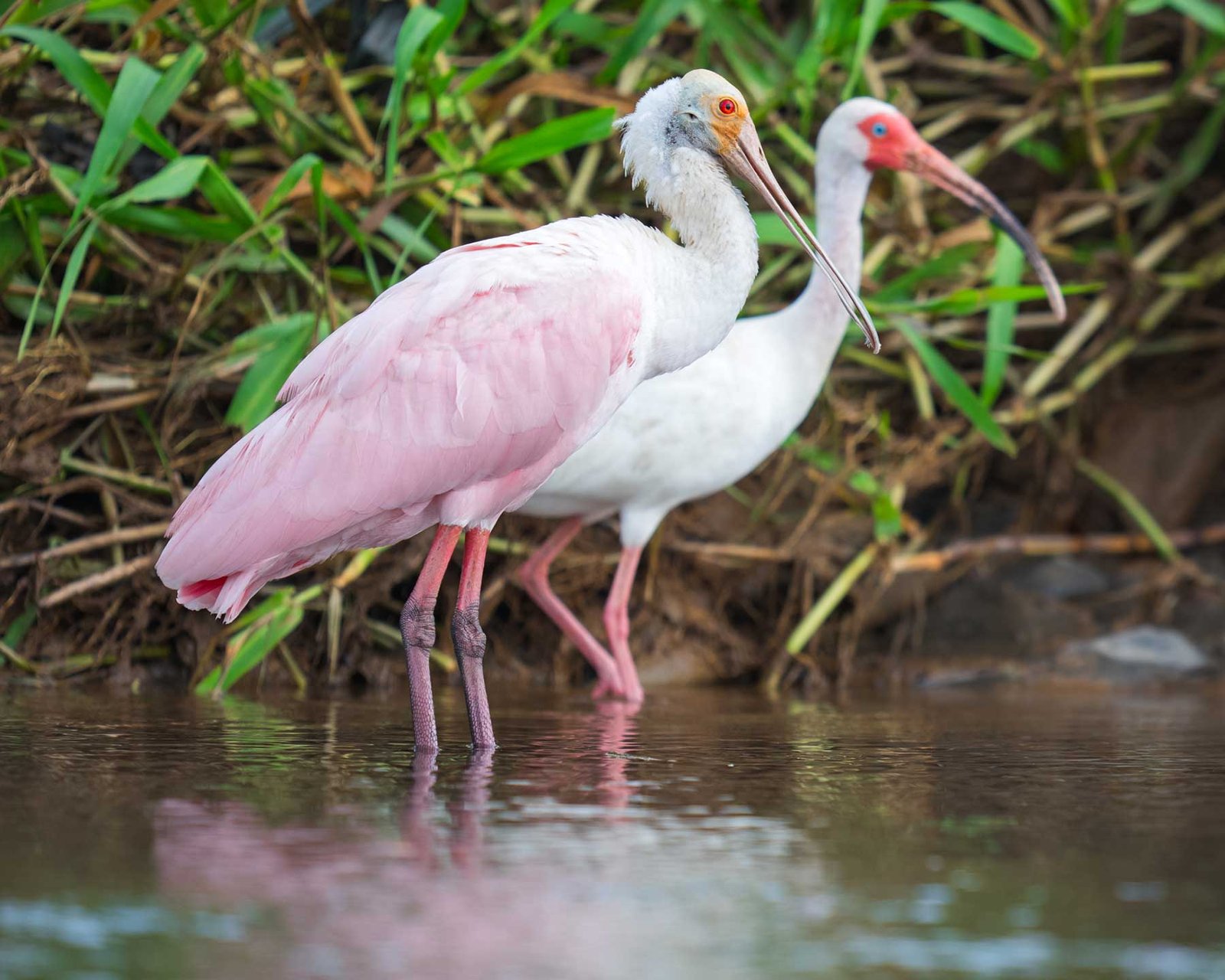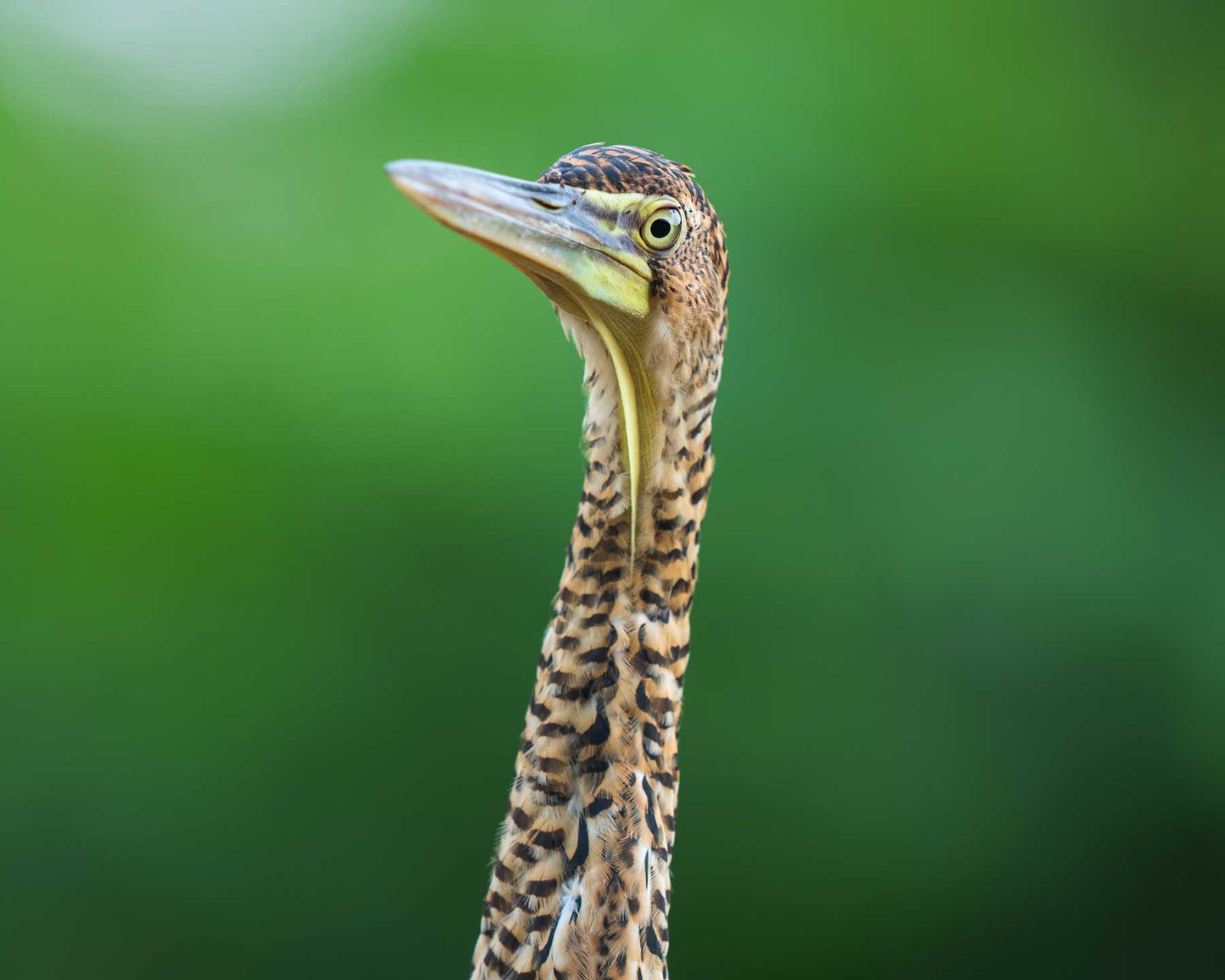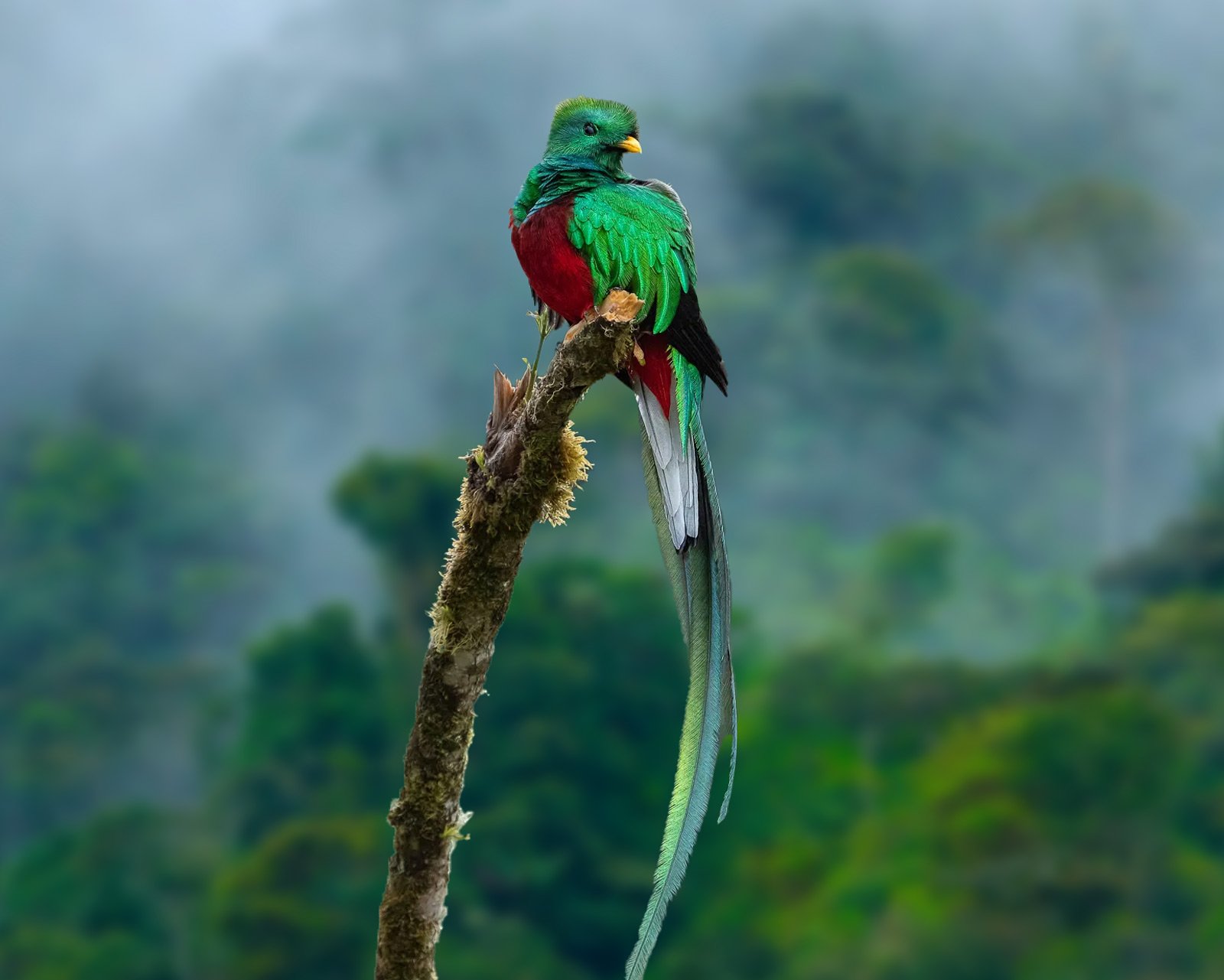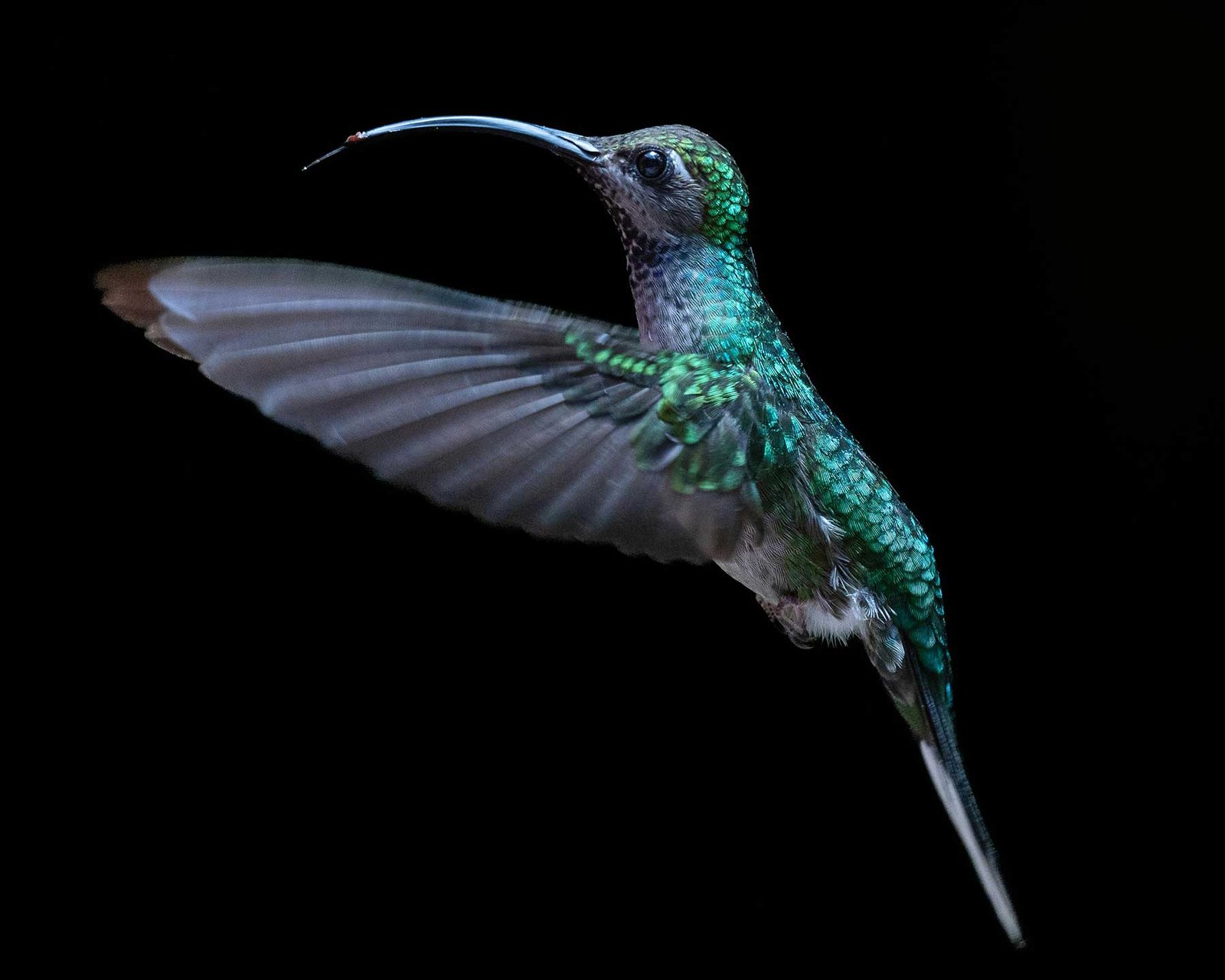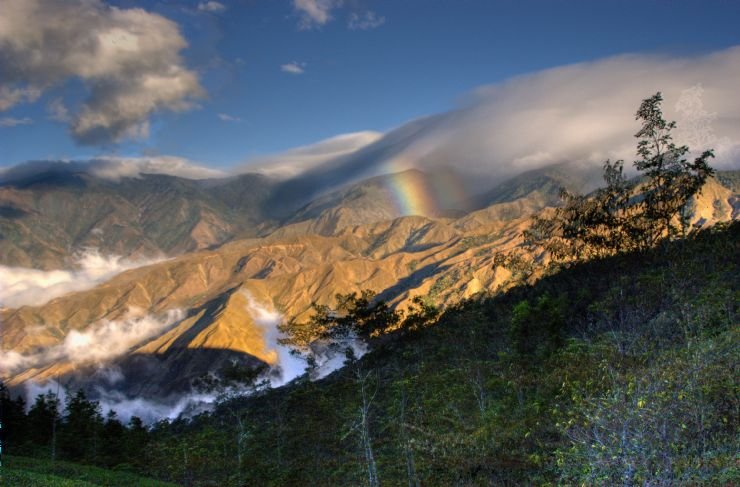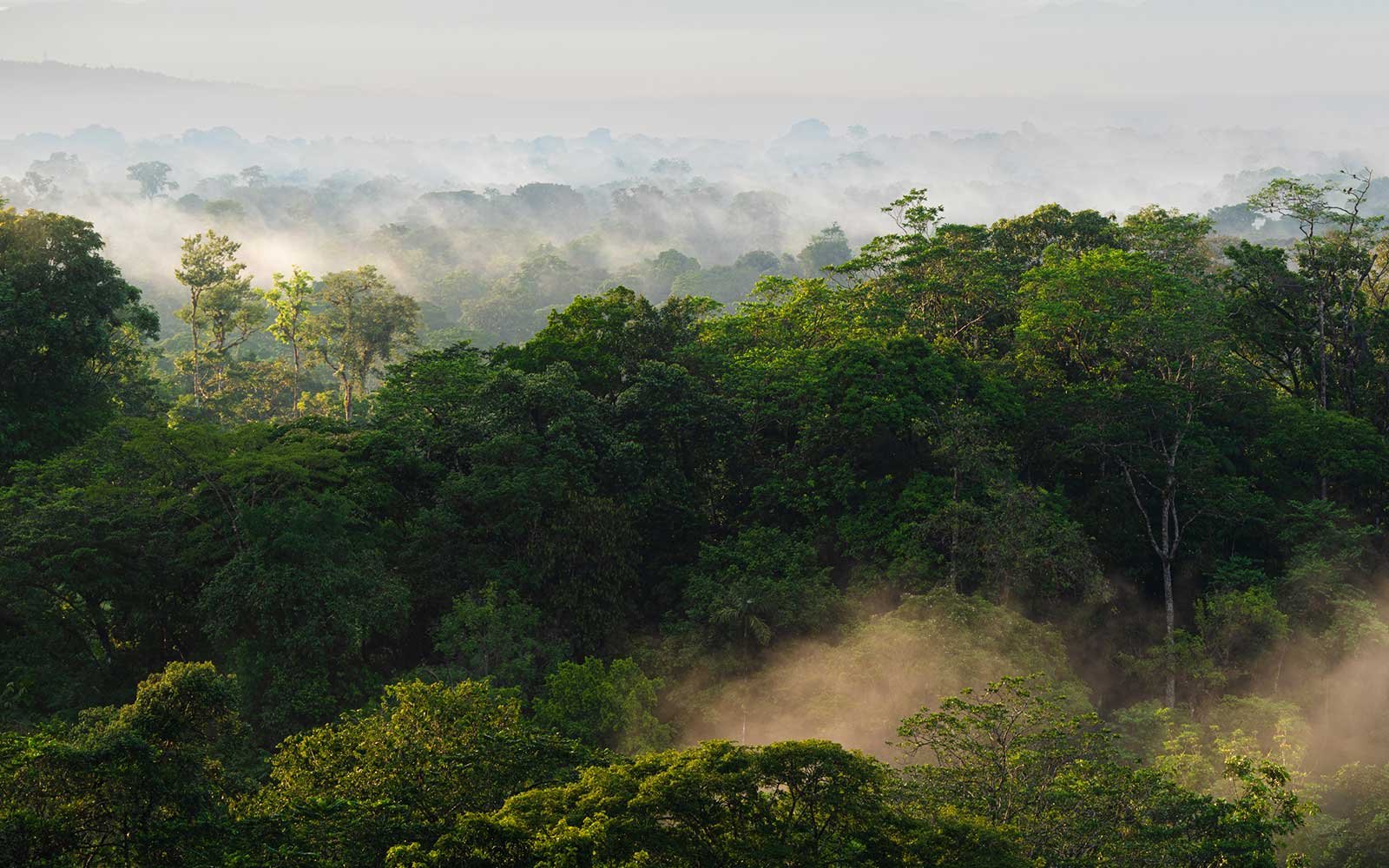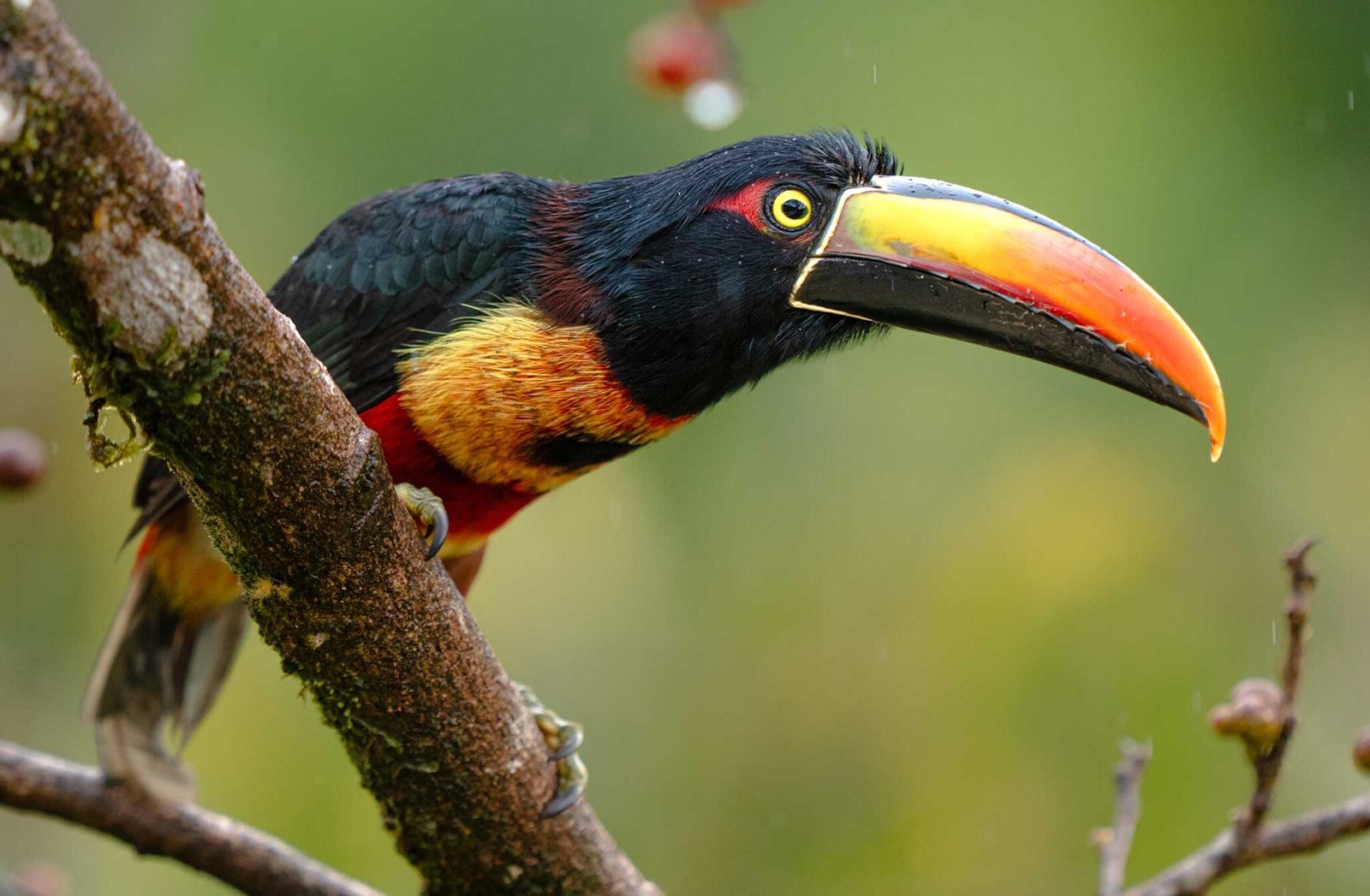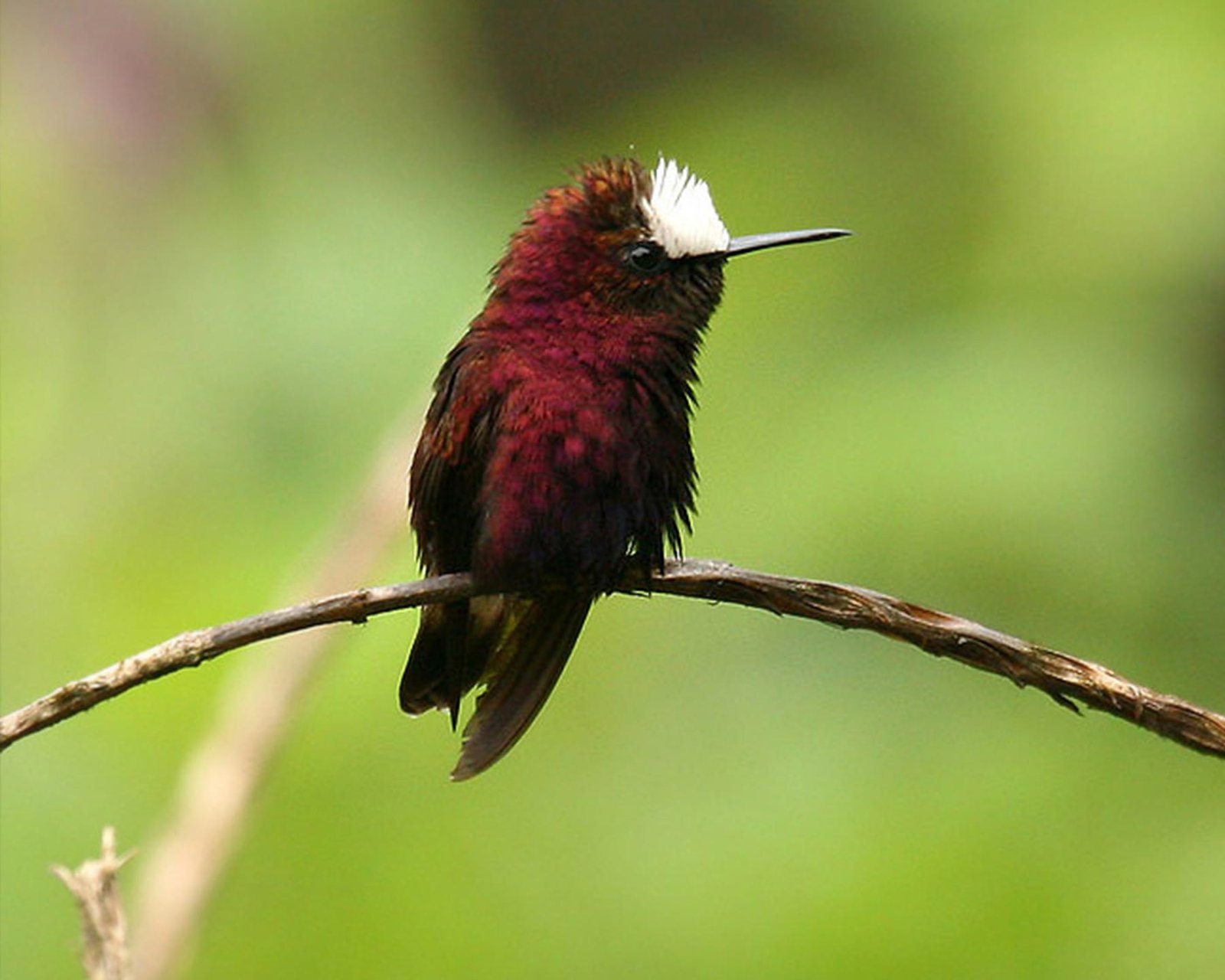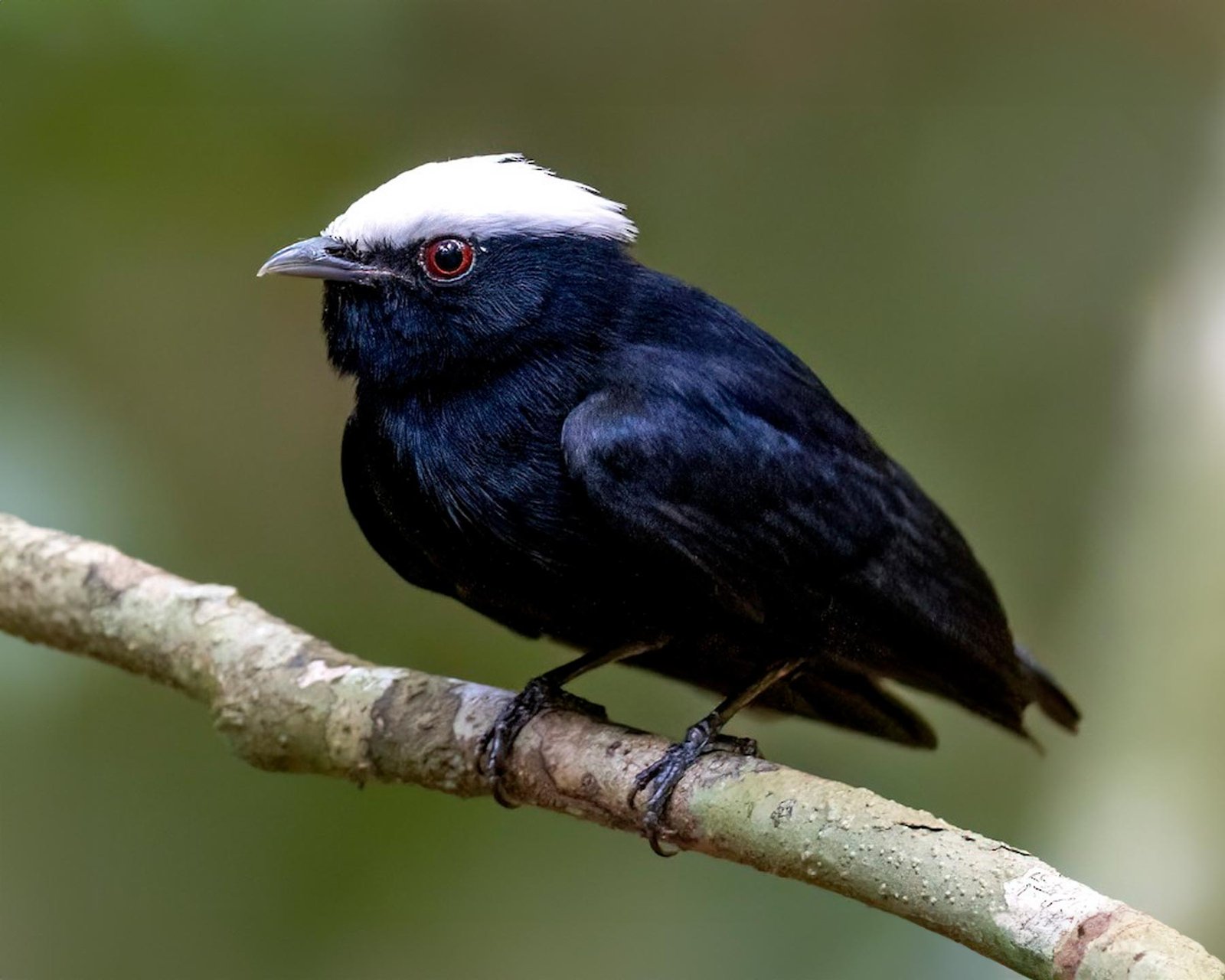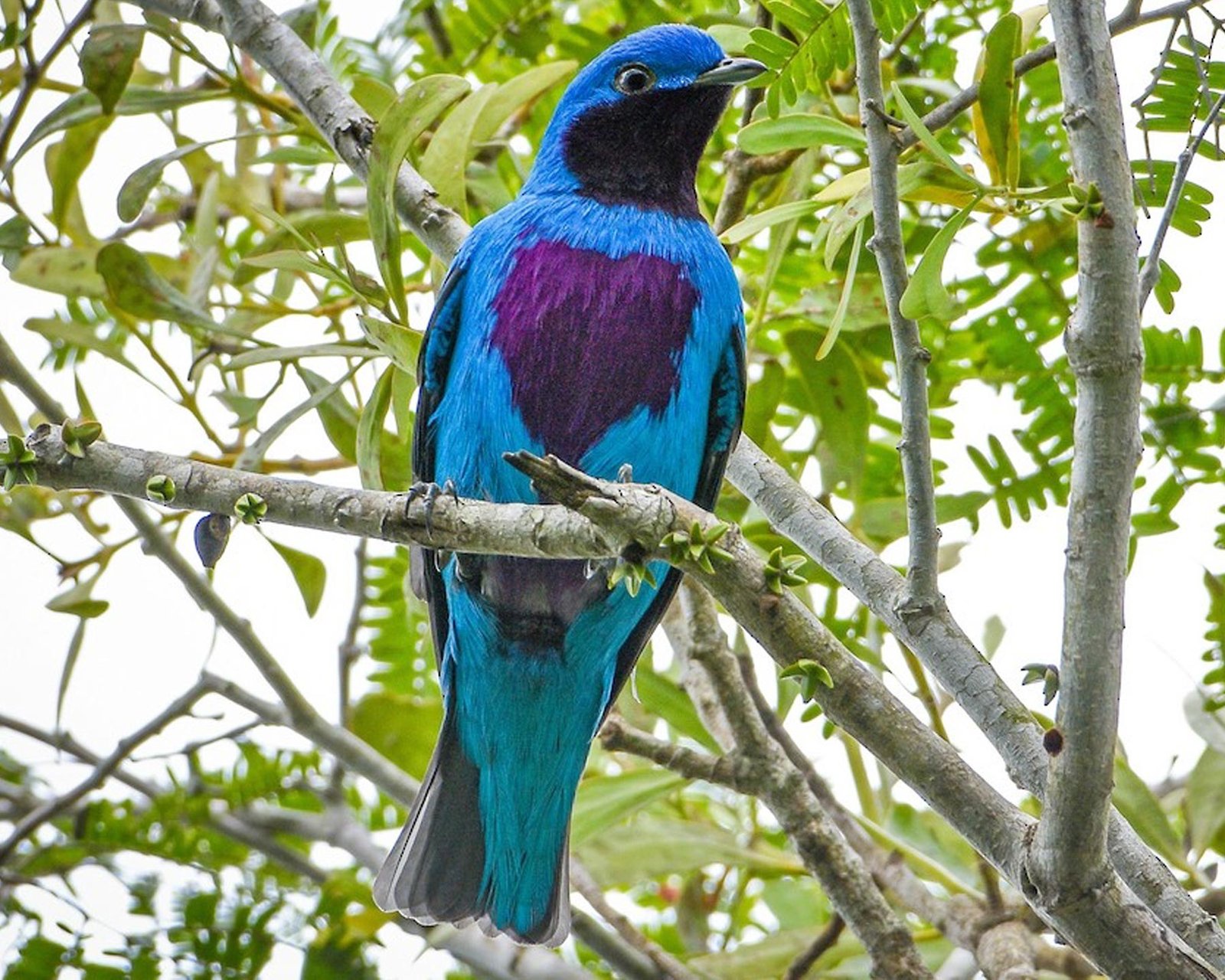Overview
This 18-day journey is a comprehensive immersion into the birdlife of Costa Rica, designed for those who want to experience its extraordinary diversity at a comfortable pace. Over two weeks, travelers will enjoy extended stays in lodges equipped with feeders and hides that allow close-up views of hummingbirds, tanagers, trogons, and manakins, as well as the chance to photograph iconic species such as Macaws and the Resplendent Quetzal.
With more time available, this itinerary balances relaxed birding right at the lodge with opportunities to explore different ecosystems, from lush lowland rainforests to cool highland cloud forests. Guests can expect encounters not only with birds, but also with monkeys, sloths, colorful frogs, and butterflies that enrich the overall experience. Designed for comfort and variety, this program is perfect for travelers who want to fully immerse themselves in Costa Rica’s natural beauty while focusing on birdwatching and photography in diverse habitats.
Highlights
- Photographing macaws, hummingbirds, and the Resplendent Quetzal
- Enjoying extended lodge stays with feeders and hides
- Exploring lowland rainforests and highland cloud forests
- Spotting monkeys, sloths, frogs, and butterflies
Itinerary
After your international flight, the journey begins near San José, where you can relax in a hotel with tropical gardens. Surrounded by heliconias, orchids, and butterflies, this is the perfect place for a gentle introduction to Costa Rica’s nature before heading into wilder regions.
A walk in the gardens provides a first taste of the country’s incredible biodiversity, setting the tone for the adventure ahead and allowing easy photography opportunities right on the lodge grounds.
Target species at the hotel’s garden: Lesson’s Motmot, Rufous-capped Warbler, White-eared Ground-Sparrow, Mottled Owl, Rufous-tailed Hummingbird, Great Kiskadee and Blue-gray Tanager.
Sarapiquí is one of the most accessible rainforests in Costa Rica, alive with sounds and colors at every turn. Walks through the forest reveal monkeys in the canopy, bright toucans and trogons, and colorful frogs among the leaves, while boat trips along the Sarapiquí River provide a different perspective on the region’s rich wildlife.
This is also a center for tropical research, where visitors can learn about conservation and scientific projects. With its mix of rivers, forests, and feeders, Sarapiquí is the perfect first deep immersion into the country’s biodiversity.
Target species in Sarapiquí: Great Green Macaw, White-collared Manakin, Snowy Cotinga, Sunbittern, plus toucans, trogons, parrots and woodcreepers. Mammals include howler monkeys, white-faced capuchins, spider monkeys, sloths, and river otters. Reptiles and amphibians often seen are green iguanas, basilisks, poison dart frogs, glass frogs and eyelash vipers.
Boca Tapada is one of Costa Rica’s premier destinations for wildlife photography. Fruit feeders bring toucans and parrots within arm’s reach, while a unique hide allows intimate views of King Vultures. The rainforest here feels remote and untouched, creating a paradise for birders and photographers alike.
Boat tours along the San Carlos River add another layer of adventure, with herons, otters, and kingfishers along the banks. At night, multi-flash photography sessions capture nectar-feeding bats in action, offering a rare chance to photograph species usually hidden from sight.
Target species in Boca Tapada: Great Green Macaw, King Vulture, Keel-billed Toucan, Collared Aracari, Yellow-throated Toucan, Central American Pygmy Owl, plus trogons, parrots, oropendolas and a wide variety of colorful rainforest species frequently seen at the feeders. Lots of hummingbirds, bats and other mammals can often be spotted.
Caño Negro is one of Central America’s most important wetlands, a haven for aquatic wildlife. Boat tours glide through lagoons and flooded forests where herons, spoonbills, and ibises gather in abundance. It is the only place in Costa Rica where all six species of kingfishers can be observed.
Beyond birds, the reserve harbors caimans, iguanas, turtles, and even river otters. During the dry season, wildlife concentrates around shrinking lagoons, creating extraordinary opportunities for observation and photography.
Target species of Caño Negro: Jabirú Stork, Green-and-rufous Kingfisher, Yellow-breasted Crake, Agami Heron, all six species of Neotropical Kingfishers, herons, egrets, ibises, raptors, howler monkeys, capuchin monkeys, sloths, river otters, caimans and iguanas.
Set against the dramatic backdrop of Arenal Volcano, this region combines excellent wildlife watching with spectacular scenery. Feeders in the gardens attract hummingbirds and oropendolas, while trails through rainforest reveal trogons, motmots, and monkeys. Suspension bridges allow a unique view from the canopy, perfect for photography.
The area is also renowned for its natural hot springs, offering a relaxing complement to wildlife exploration. Night walks add another dimension, with frogs, snakes, and nocturnal insects filling the forest with activity.
Target species in La Fortuna: Emerald Tanager, Great Currasow, Black-crested Coquette, Bare-necked Umbrellabird, Yellow-eared Toucanet, Montezuma Oropendola, Crested Guan, antbirds, woodcreepers and euphonias. Mammals include howler monkeys, white-faced capuchins, spider monkeys, coatis and sloths. Reptiles and amphibians highlights are green iguanas, emerald basilisks, red-eyed treefrogs, poison dart frogs and spectacled caimans.
The Tárcoles River is world famous for its massive crocodiles, easily seen on a boat tour. The journey also enters mangrove channels, a fascinating ecosystem home to specialized birds and countless aquatic creatures.
Nearby Carara National Park protects a transition forest where dry and wet habitats meet, resulting in extraordinary biodiversity. Walking its trails with a guide reveals monkeys, deer, and an impressive mix of forest birds. Combined with the hotel gardens and the proximity to the Pacific coast, this region offers one of the richest wildlife experiences in Costa Rica.
Target species in Tárcoles & Carara: American Crocodile, Mangrove Hummingbird, Scarlet Macaw, Black-headed Trogon, Ferruginous Pygmy Owl, Cinnamon Hummingbird, Rufous-naped Wren, Streak-backed Oriole, Hoffman’s Woodpecker, herons, egrets, kingfishers, shorebirds, White-throated Capuchin Monkey, agouti and white-tailed deer.
High in the Talamanca mountains, this is one of the very best places in the world to see the Resplendent Quetzal. The cool cloud forest is home to numerous highland endemics, making it a dream for birders and photographers alike.
Visitors stay in specialized lodges surrounded by gardens and trails where hummingbirds, warblers, and silky-flycatchers are easy to observe. The mountain air, spectacular views, and abundance of rare species make this region an unforgettable highlight of any wildlife journey.
Target species in Cerro de la Muerte: Resplendent Quetzal, Long-tailed Silky-flycatcher, Golden-browed Chlorophonia, Sulphur-winged Parakeet, Collared Redstart, Sooty-capped Chlorospingus, Yellow-thighed Brushfinch, Flame-throated Warbler, Volcano Hummingbird and Spangle-cheeked Tanager.
In the foothills of the Talamanca mountains, this region offers pristine cloud forest and rushing rivers. It is one of the best places to look for rare highland birds like the Bare-necked Umbrellabird during seasonal movements, while feeders bring hummingbirds and tanagers within easy view.
Quelitales Lodge is designed for wildlife enthusiasts, providing direct access to trails, forest hides, and waterfalls. The area combines beautiful scenery with exclusive birding, amphibians along the streams, and a sense of untouched wilderness far from the crowds.
Target species in Copal, Tapantí & Quelitales: Scaled Antpitta, Cabani’s Ground Sparrow (Costa Rica endemic), Black-bellied Hummingbird, Coppery-headed Emerald (endemic), Green-fronted Lancebill, White-bellied Mountain-gem, plus a wide variety of highland hummingbirds. Highland Tinamou, Spangle-cheeked Tanager, Golden-browed Chlorophonia, Buffy Tuftedcheek, Red-headed Barbet, Ochraceous Wren, Silvery-fronted Tapaculo, Black-faced Solitaire, Black-and-yellow Silky-flycatcher and Prong-billed Barbet.
Famous among birders worldwide, Rancho Naturalista is renowned for its balcony overlooking feeders alive with hummingbirds and tanagers. It offers one of the most relaxed yet productive birding experiences in the country, with dozens of species often seen before breakfast.
Trails through the surrounding rainforest provide more challenging birding, with manakins, antbirds, and woodcreepers. At night, moth traps attract both insects and the secretive birds that feed on them, making Rancho a perfect balance of easy observation and true rainforest exploration.
Target species in Rancho Naturalista: Snowcap, White-crowned Manakin, Lovely Cotinga, White-necked Jacobin, Green-breasted Mango, Spotted Woodcreeper, White-breasted Wood-Wren and a wide variety of colorful tanagers.
The final day is reserved for the return to San José and your international flight. Depending on your schedule, optional stops can be arranged along the way—whether a scenic viewpoint, a wildlife garden, or a local town visit.
This flexibility ensures a smooth conclusion to the adventure, with the chance for one last taste of Costa Rica’s landscapes and wildlife before departure.
Cost
The Cost Includes
- Pick-up & drop-off service
- Daily breakfast
- Comfortable accommodation
- All activities listed in the itinerary
- Expert wildlife guide on each activity
- Required permits and national park fees
Not Included
- International and domestic flights
- Meals not specified in the itinerary
- Travel and medical insurance
- Rental car or private driver (quoted separately)
FAQs
We suggest lightweight clothing, quick-dry fabrics, and a rain jacket. Comfortable shoes are essential, and a hat or cap helps with sun protection. If your trip includes cloud forests or higher elevations, pack a sweater for cooler evenings.
Binoculars are highly recommended for wildlife watching. For photography, we suggest bringing a camera with telephoto lenses for birds and animals. A tripod can be useful. If you’re unsure about your equipment, feel free to reach out—we’ll be happy to advise you personally.
Yes, single rooms can be arranged on request, subject to availability. A supplement may apply depending on the hotel or lodge.
Yes, in most parts of Costa Rica the water is drinkable. Your guide or the staff from your lodge will advise you in each location.
All our trips are flexible and tailor-made. If you would like to include airport pickup and travel with a private guide, simply let us know when booking and we will arrange it for you.
Airport pickups depends on the type of trip you choose:
-
If you book a private guided trip, we will personally meet you at the airport and take care of transfers, transportation, and all details throughout the journey.
-
If you book a self-drive itinerary, you can manage your arrival and rental car pick-up directly at the airport. In this case, we provide the itinerary, all reservations, and ongoing support. The logistics of arrival are handled by you, but let us know if you want help with that as well and we can provide.
Most of the hotels and lodges we work with offer laundry service, either included or for a small fee. Your guide or the lodge staff will let you know the options available at each stop.
Yes. If you’d like to arrive earlier or stay longer, we can arrange additional nights of accommodation, activities and transfers. Just let us know your plans and we’ll adjust the itinerary accordingly.
That depends on the type of trip you choose:
-
If you book a private guided trip, we provide the vehicle and driver, so you don’t need to worry about renting a car or driving in Costa Rica. Everything is handled for you.
-
If you choose a self-drive road trip, you’ll drive your own rental car. Most travelers pick it up directly at the airport, and it can be reserved in advance. As with all of our itineraries, everything is personalized. If you’d like us to assist with the car rental, just let us know your needs and we’ll arrange it for you.

